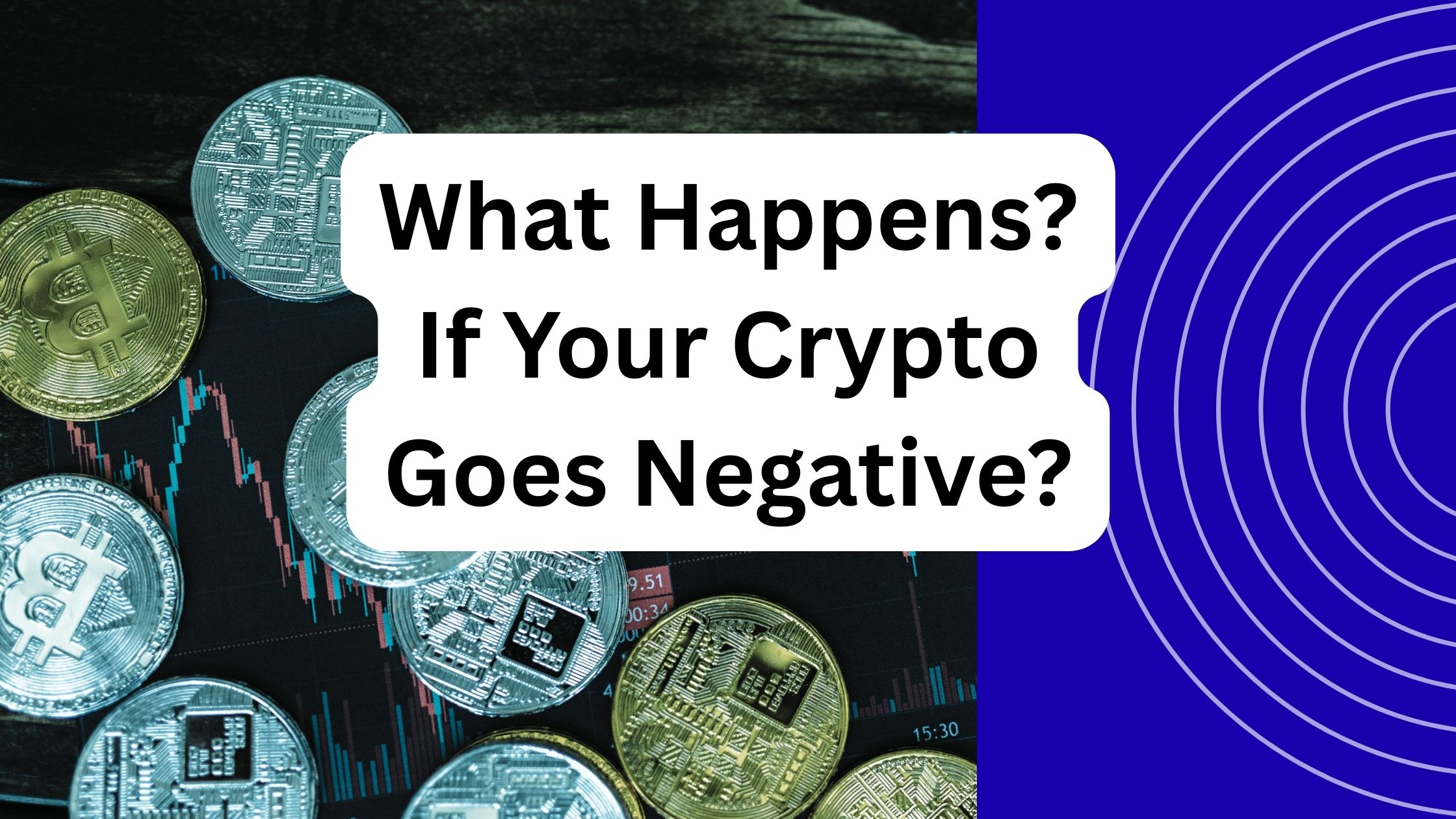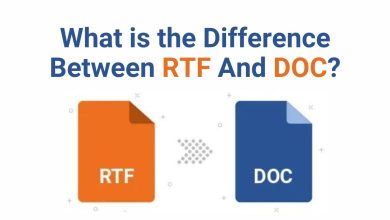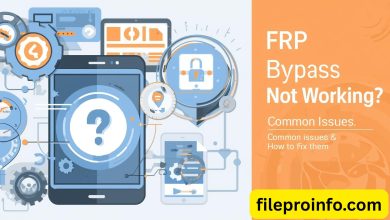
If you’ve ever seen your portfolio drop sharply during a market crash, you’ve probably wondered — can my balance actually go below zero? The thought of ending up owing money for a trade gone wrong is enough to make anyone nervous.
The truth is, while most people associate negative balances with bank overdrafts or stock margin calls, cryptocurrency trading has its own mechanics. Whether your account can go negative depends on where you trade, the type of trade you make, and the risk controls in place.
Negative Balances in Crypto: Myth vs. Reality
In spot trading — when you buy and sell actual coins — your balance can’t simply drop below zero. Once your funds are gone, the trade is over. But in leveraged or derivatives trading, things can get more complicated.
If the market moves sharply against your position, the value of your collateral can drop faster than the exchange can close your trade. On poorly designed platforms, this might leave you with a negative balance and a bill to pay. On well-structured platforms, safeguards prevent this from happening.
How Margex Prevents Your Balance from Going Negative
Margex, for example, is designed to stop trades before your losses exceed your collateral. This is done through:
- Auto-liquidation when your margin is nearly depleted, closing the position before you owe money.
- Isolated margin so one bad trade can’t drain your entire account.
- Reliable risk engine that executes liquidations instantly, even during fast market moves.
These protections mean traders can use leverage with far less fear of going into debt — a huge relief for those who are still learning.
Why This Matters for Everyday Traders
For part-time traders, freelancers, or entrepreneurs dabbling in crypto, the risk of going negative isn’t just about trading — it’s about protecting your broader finances. If a single bad trade left you with debt, it could impact your business cash flow, personal savings, or other investments.
That’s why choosing a platform with strong risk controls is as important as having a good strategy.
Avoiding Debt in Crypto Trading: Practical Tips
Even with platform protections, personal discipline matters:
- Know your risk per trade — never put your entire account into one position.
- Use stop-loss orders — they close your trade automatically if the market moves against you.
- Avoid excessive leverage — higher leverage magnifies both gains and losses.
- Understand liquidation levels — know exactly when your trade will be closed.
- Review your trades regularly — learn from both wins and losses.
If you want a deeper explanation of how balances work in crypto trading and how to protect yourself, check out what happens if your crypto goes negative — it breaks down the mechanics in plain language.
Final Word
Crypto trading is exciting, but it’s easy to overlook the “fine print” until something goes wrong. Understanding how negative balances happen — and how to prevent them — is one of the smartest moves you can make before placing your next trade.
On platforms like Margex, you get built-in safeguards. Combine them with your own disciplined approach, and you can trade with confidence knowing you’re not one unlucky trade away from debt.




